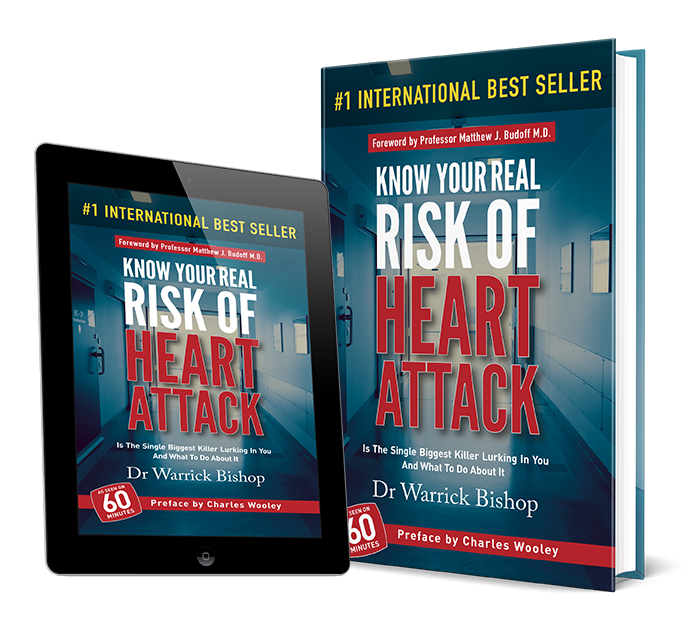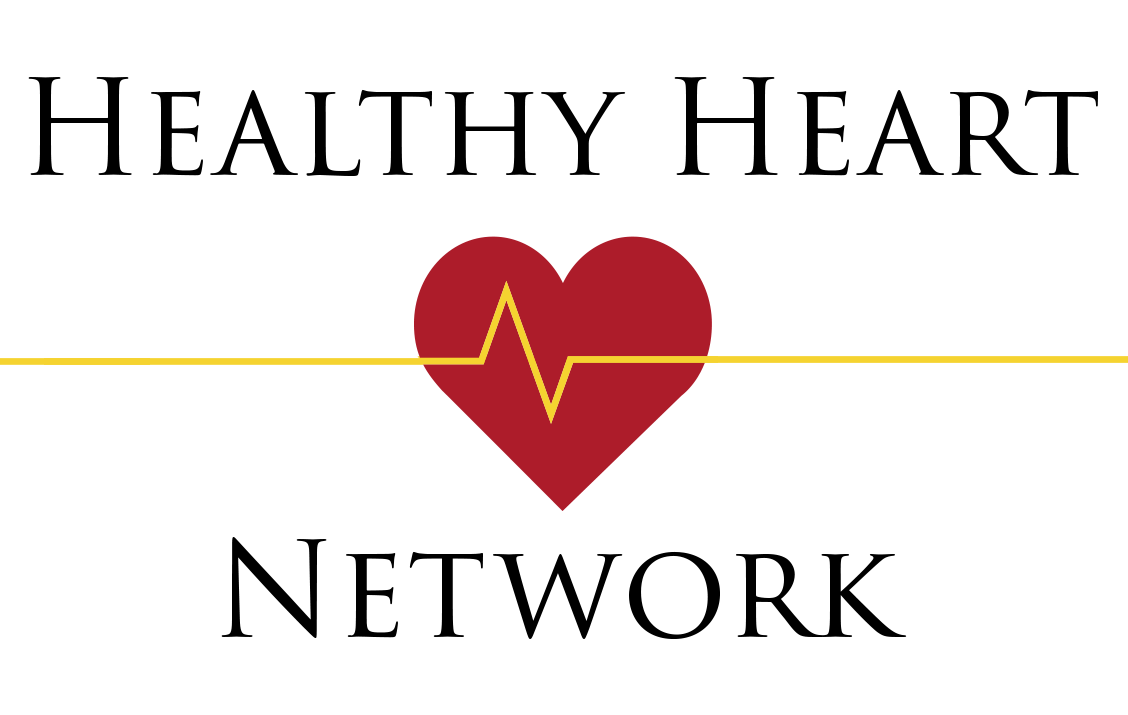Welcome to my podcast. I am Doctor Warrick Bishop, and I want to help you to live as well as possible for as long as possible. I’m a practising cardiologist, best-selling author, keynote speaker, and the creator of The Healthy Heart Network. I have over 20 years as a specialist cardiologist and a private practice of over 10,000 patients.
Doctor Warrick Bishop discusses the complexities of cholesterol management and its role in cardiovascular risk in his podcast. He emphasizes the importance of understanding the difference between primary and secondary prevention of heart disease, noting that secondary prevention clearly benefits from cholesterol reduction. In contrast, primary prevention poses challenges due to the heterogeneous nature of individuals at risk.
Dr. Bishop advocates for the use of imaging techniques to identify atherosclerotic disease and better assess risk, framing it as a continuum rather than a binary state. He highlights that while lowering cholesterol reduces risk, it does not eliminate it, leading to the concept of residual risk influenced by factors like hypertension, obesity, and inflammation. Bishop compares cholesterol management to adjusting interest rates in an economy, underscoring its significance as a modifiable risk factor. He stresses the need to combine traditional risk factors with imaging results to make informed decisions for both primary and secondary prevention.
Ultimately, he encourages a comprehensive approach to managing cardiovascular risk, addressing both cholesterol and other contributing factors. The podcast aims to provide listeners with valuable insights for their health journeys.
Takeaways:
- Understanding Risk: Dr. Warrick Bishop emphasizes the importance of understanding risk in relation to cholesterol and cardiovascular health, distinguishing between primary and secondary prevention.
- Secondary Prevention Benefits: Lowering cholesterol is clearly beneficial for individuals who have experienced cardiovascular events, such as heart attacks or strokes, as it improves their health outcomes.
- Challenges in Primary Prevention: Identifying high-risk individuals in primary prevention is more complex due to the heterogeneous nature of the population, making it difficult to treat everyone effectively.
- Imaging Techniques: The use of imaging, particularly of coronary and carotid arteries, is crucial for recognizing atherosclerotic disease as a continuum and for identifying individuals at risk of plaque buildup.
- Residual Risk: Even after lowering cholesterol, there remains a residual risk of cardiovascular events, indicating that other factors contribute to heart disease.
- Modifiable Risk Factors: Addressing common risk factors such as hypertension, smoking, obesity, and poor diet is essential in conjunction with cholesterol management to reduce overall cardiovascular risk.
- Lipoprotein(a) Awareness: There is emerging research on lipoprotein(a) as a significant contributor to residual risk, with potential treatments on the horizon for 2024.
- Cholesterol as a Key Factor: While cholesterol is not the sole factor in coronary artery disease, it plays a significant role; managing LDL cholesterol can reduce modifiable risk by about 50%.
- Integrating Traditional and Imaging Risks: Effective risk management involves combining traditional risk factors (like age and blood pressure) with imaging results to make informed decisions about treatment.
- Long-Term Risk Consideration: It is important to consider not just immediate risks but also long-term risks over a person’s lifetime, ensuring that treatment plans are sustainable and effective in the long run.
Australia, like the rest of the western world, has a heart problem.
Over 9 million people around the world die from heart disease every year.
Every 10 minutes, someone in Australia suffers a heart attack. And 21 lives are lost daily because of it.
The devastating fact in all of this is…
Almost every one of those cases could have been prevented.
This podcast is for anyone who wants to improve their health literacy and gain information to help them make the best decisions about their risk of heart attack, their cholesterol, blood pressure, risk of diabetes, weight loss and general health. Join me on my personal mission journey to prevent Heart Attack on a global scale. If you like this podcast, I would be honoured by a 5-star review and appreciate if you let your friends and family know about this podcast; you may even save the life of someone you love!
Are You at Risk of a Sudden Heart Attack? How Healthy is Your Heart? Really?
Heart disease is the #1 killer in the Western World. In Australia, someone dies every 28 minutes from heart disease. That’s 51 people a day. In the US, someone has a heart attack every 40 SECONDS! Fortunately, many heart attacks are preventable. However, regular exercise and eating healthy are no guarantee you won’t succumb to this silent killer.
- 94% of Australians have at least One Risk Factor for heart disease.
- 59% of Australians have been Touched by heart disease.
- Yet only 3% of Australians have had a Full Heart-Health Assessment in the past 12 months.
Do the free heart check today at www.virtualheartcheck.com.au
Join the Healthy Heart Network and become part of our growing community!
Do You Want to Improve Your Heart’s Health and Reduce Your Risk of Suffering a Heart Attack? Join The Healthy Heart Network For Only $5 Lifetime Access (Valued at over $55)!
The Healthy Heart Network is designed to help members:
- understand the present state of their heart’s health
- recognise their current level of risk of suffering a heart attack
- Learn the positive steps they can take to improve their situation
Visit https://healthyheartnetwork.com/ and click on the JOIN THE FAMILY BUTTON








